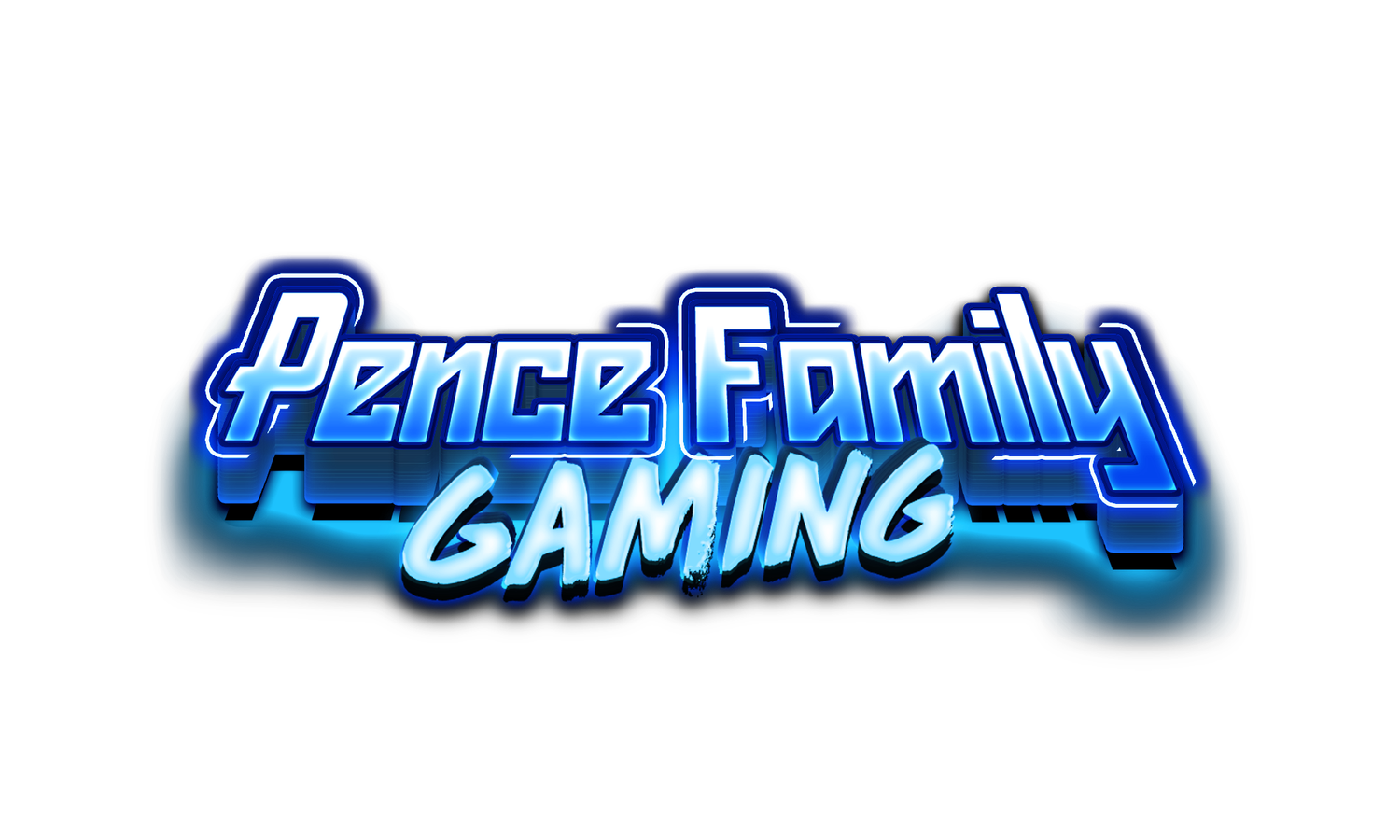FAQ
-
The Nintendo Wii U is a home video game console released in 2012, and the successor to the Wii. Its defining feature was the Wii U GamePad, a tablet-style controller with a touchscreen that offered unique gameplay opportunities and could also function as a TV remote. Despite its innovative features and backward compatibility with Wii games and accessories, the console was a commercial failure due to poor marketing, a lack of third-party support, and a weak launch lineup, selling only 13.56 million units before its discontinuation. Hacking a Wii U unlocks the console to run a variety of different console generations through the decades. Homebrew apps become available once hacked to grant new features to the console.
-
"Hacking" a console means modifying the system to bypass its security measures and run software not authorized by the manufacturer. This can allow the installation of a Custom Firmware (CFW) to unlock new features and functionality.
Why hacking is necessary
Console manufacturers like Sony and Nintendo include strict security to control the software that can run on their devices. They use mechanisms like code signing, which prevent any unsigned or modified software from executing. Hacking involves finding and exploiting vulnerabilities in the console's hardware or software to gain access to the system's core. This grants the ability to run homebrew applications.
The stages of hacking a console
Gaining initial access: The first step is to exploit a vulnerability to get a foothold in the system. Depending on the console, this could be a hardware exploit that requires soldering, or a software exploit that uses a flaw in a specific game or a firmware update.
Executing a payload: Once an exploit is triggered, it typically runs a small program, called a payload, from an external source like a USB drive or memory card.
Installing a bootloader: The payload is used to install a new bootloader, which is the first program the console runs when it powers on. Unlike the official bootloader, the custom one is designed to launch a CFW.
Installing the CFW: The custom bootloader then launches the custom firmware. The CFW applies "patches" to the operating system, which is where the custom functionality comes from. This patched OS is what the user interacts with.
What can be done with a custom firmware?
Once a CFW is installed, the console can perform functions that are normally blocked by the manufacturer's security:
Run homebrew software: This includes unofficial applications, emulators for other systems, and user-created games.
Use game backups: Users can create and play backups of their legally owned games, which can be useful for preserving games or installing them to the internal hard drive.
Run game mods: This allows players to use "ROM hacks" and other modifications for games they own.
Customize the user interface: Some CFWs allow for custom themes and other visual changes to the console's home menu.
Access advanced features: Some CFWs include tools for backing up and editing game saves or other system data.
-
Specifically for the Wii U, hacking is accomplished by the following:
Finding an exploit: The primary exploit for the Wii U is a vulnerability in the console's web browser, which can be triggered by visiting a specific website. An SD card is typically used to store the necessary files.
Executing arbitrary code: After the web browser exploit is triggered, a payload (a small malicious software file) is executed, giving the user initial access to the system.
Installing a custom bootloader: The payload is used to install a custom bootloader that can intercept the system's startup process. For the Wii U, this involves installing a "PayloadLoader". Once installed, the custom firmware can be automatically launched when the system powers on, instead of requiring the user to run the browser exploit every time.
Running the custom firmware (CFW): The Wii U can run different CFW environments, such as Aroma or the older Tiramisu, each with its own set of features. These CFWs apply patches to the system software, allowing for functionality that is normally restricted.
Aroma CFW
Aroma is the latest and most supported firmware for the Wii U, which replaced Tiramisu CFW. All homebrew apps are being developed for Aroma.
All of this is covered in extreme detail and step by step in the PenceFamilyGaming Wii U guide.
-
A homebrew app is unauthorized software created by hobbyist developers for closed console systems, such as video game consoles or handheld devices. The term comes from the idea that the software is "brewed at home" rather than being officially licensed and produced by the hardware manufacturer.
How homebrew apps are used
Run on proprietary systems: Homebrew apps allow users to run unofficial software on devices not originally intended for user-programming. This requires exploiting a software or hardware vulnerability to bypass the system's security measures.
Expand functionality: Users can gain new capabilities on their devices, such as playing games from different regions, using emulators to run software from other consoles, installing custom themes, and using a wider range of utility applications.
Extend device lifespan: The homebrew community often continues to develop new games and tools for older consoles that are no longer commercially relevant, extending the device's useful life.
-
Homebrew Developers are the people that make all of this possible. Due to their knowledge and time commitment, they keep older consoles alive and thriving decades later.
Focus: These developers create games, software, and utilities for consoles that are no longer supported or commercially relevant.
Motivation:They are often driven by a passion for retro gaming, seeking to keep classic systems alive and create new experiences for a love of the craft rather than corporate mandates.
Methods:They often use unofficial tools, community-maintained toolchains, or existing official development kits to work around hardware and software restrictions.
Thank you to all the homebrew developers that have kept the Wii U thriving in the current year!
A full list of developers that have contributed to Wii can be found here.
A full list of developers that have contributed to Wii U can be found here.
-
Items You Will Need
1) Wii U Console (Stock, Unmodified) with GamePad - The foundation of this guide. Must be an unmodified Wii U to start. The GamePad is required for navigation.
2) SD Card or microSD (with SD Adapter)
Holds all hack files. Must remain in the Wii U for mods/homebrew to work.
• Size: 32GB minimum recommended (up to 1TB cards tested and working).
• Location: Inserted into the front SD slot of the Wii U.
• Note: Console will still run without it, but homebrew won’t be accessible.
• Important: Ensure the SD card is not locked. Check the switch on the side of the card/adapter — it should be in the up position for read/write access.3) Wiimote
Required if you plan to mod the Wii (vWii) side of the console. Strongly recommended, as this is considered one of the best parts of the system.
4) Wi-Fi Internet Access
Needed to connect the Wii U to the internet for the modding process.
5) PC or Laptop
Used to transfer hack files onto the SD card.
6) USB SD Card Adapter
(if needed)Required only if your PC does not have a built-in SD card slot.
-
There are only 2 items you need to download.
The PFG Wii U SD card files - The files required to be on the Wii U SD card
This SD card package contains homebrew apps from various homebrew developers that make this whole process possible. Some notable contributions include Maschell for Aroma and other apps. Fortheusers for their collaboration on the Homebrew App store. Full list of Wii U homebrew developers
2. GUIFormat - This program will allow you to format your SD card to FAT32.
You are now ready to start the first video.
Wii U Hacking Videos




